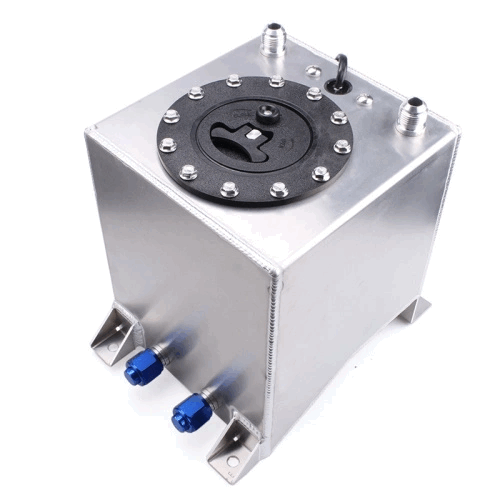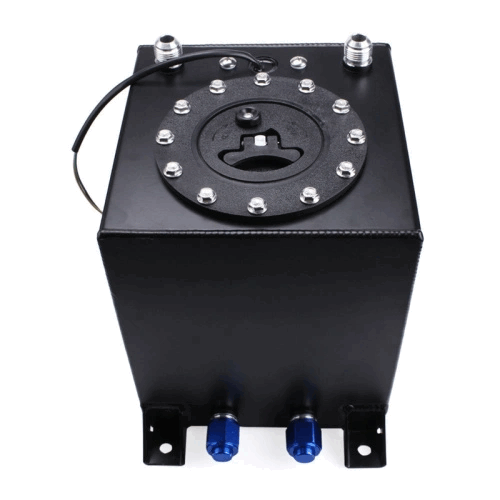Oil catch cans have become increasingly popular among automotive enthusiasts as a means to prevent oil and contaminants from entering the intake system. These devices help maintain engine performance and longevity. However, to ensure their effectiveness, it is essential to understand the importance of regularly emptying oil catch cans. In this article, we will explore why oil catch cans need to be emptied and the benefits of consistent maintenance.

An Oil Catch Can is a component installed in the PCV (Positive Crankcase Ventilation) system of an engine. It acts as a reservoir that captures oil vapor, fuel remnants, and other contaminants that would otherwise be recirculated back into the intake system. By separating these substances, the catch can prevents carbon buildup on the intake valves, reduces the risk of detonation, and maintains optimal engine performance. Over time, the oil catch can accumulates a mixture of oil, condensation, and other contaminants from the crankcase gases. If not regularly emptied, the catch can will eventually reach its capacity, potentially leading to several issues. The collected oil and contaminants can overflow, spilling into the intake system or even causing backpressure in the crankcase, which can negatively impact engine performance and potentially damage components. Regular maintenance of an Waste Gas Oil Catch Can involves emptying the collected contents and cleaning the canister. The frequency of maintenance depends on factors such as the engine's condition, driving habits, and oil consumption. It is recommended to check the catch can periodically, especially during routine oil changes or scheduled maintenance intervals. Consult the manufacturer's guidelines for specific recommendations.

Benefits of Regularly Emptying Aluminum Alloy Oil Catch Can: a. Preservation of Engine Performance: By emptying the catch can, you remove the accumulated oil and contaminants, ensuring the PCV system continues to function optimally. This helps maintain engine efficiency, power output, and throttle response. b. Prevention of Intake System Issues: Regular maintenance reduces the risk of oil and contaminants entering the intake system. This minimizes the potential for carbon buildup on the intake valves, which can affect airflow, cylinder sealing, and combustion efficiency. It also reduces the likelihood of fuel system deposits and oil residue in the intake tract. c. Extended Component Lifespan: By effectively capturing and removing harmful substances, an oil catch can contributes to the longevity of critical engine components. It helps protect the turbocharger, intercooler, throttle body, and other sensitive parts from the damaging effects of oil and contaminants. d. Improved Fuel Efficiency: A clean and properly maintained oil catch can allows for efficient combustion and reduces the chances of incomplete fuel atomization or valve sticking. This can lead to improved fuel economy and overall performance. Emptying an oil catch can is a crucial aspect of its maintenance and ensures its continued effectiveness in preserving engine performance and longevity. Regular maintenance helps prevent the recirculation of oil and contaminants, minimizing carbon buildup and intake system issues. By incorporating proper catch can maintenance into your vehicle care routine, you can enjoy the benefits of improved engine performance, extended component lifespan, and enhanced fuel efficiency.




